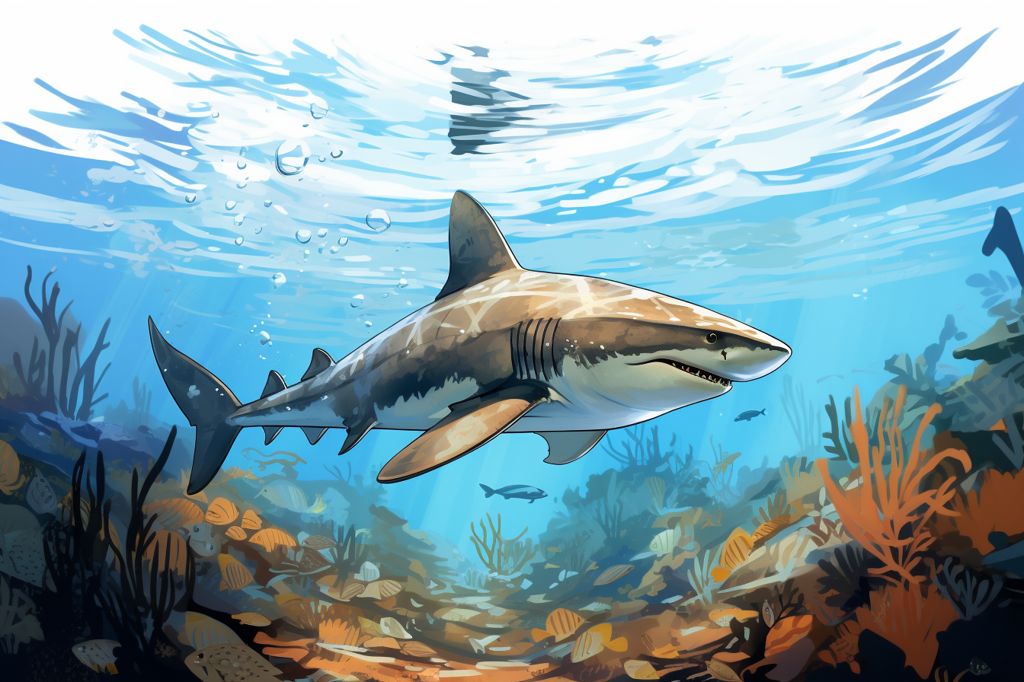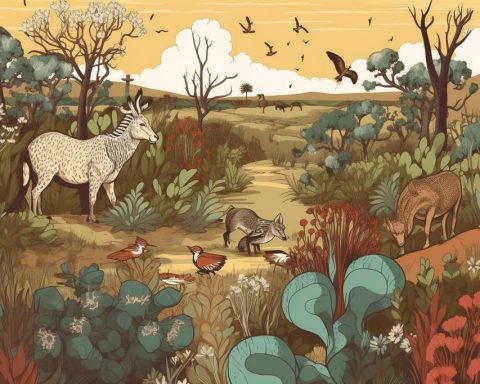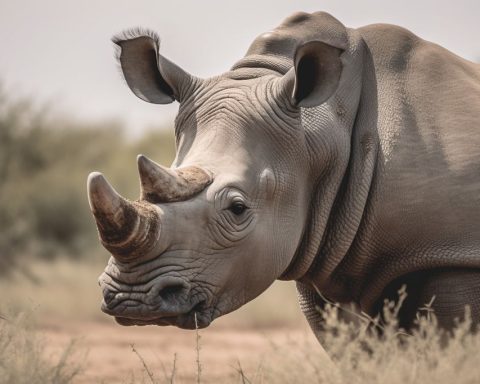To commemorate Shark Awareness Day on July 14th, WILDTRUST, a leading South African conservation organization, collaborated with various partners to conduct a groundbreaking study aimed at identifying essential areas within the country’s continental waters for the protection of sharks and rays. The study, entitled “A Systematic Conservation Plan Identifying Critical Areas for Improved Chondrichtyan Protection in South Africa,” aims to address the urgent need to safeguard these endangered species.
Designating 10% of South Africa’s Mainland Ocean Area as MPAs Would Satisfy Conservation Targets
The research suggests that designating 10% of South Africa’s mainland Ocean area, known as the Exclusive Economic Zone (EEZ), as Marine Protected Areas (MPAs), would satisfy the 30% range protection conservation target for the species included. This would cover and safeguard up to 60% of the habitats for certain species. The proposal only requires an increase of 5% in South Africa’s current 5.4% MPA network coverage.
Key Outcomes of the Study
The study produced 87 shark and ray distribution maps, which indicate the range and associated habitats of these species in South Africa’s Ocean. These maps were integrated into the country’s National Critical Biodiversity Area (CBA) map. The findings suggest that expanding the MPA network by 5% would be adequate to meet the 30% range protection target for all modeled species, increasing range protection targets up to 60% for some.
Identifying Important Areas for Sharks and Rays
The study successfully identified crucial areas for sharks and rays, taking into account existing MPAs and fisheries pressure in South Africa. These areas should be targeted for increased protection through spatial management measures or fisheries measures. Additionally, the study serves as a foundation to create a shark and ray species list per MPA, of which there are currently 41 in total.
Sharks and Rays as Endangered Species
Sharks and rays are among the world’s most endangered species, primarily due to overfishing. Their slow growth, late maturity, and low reproductive rates make them particularly vulnerable to threats that result in population declines. Recognizing this, and South Africa’s significance as a global hotspot for shark and ray diversity, WILDTRUST initiated the South African ‘Shark and Ray Protection Project’ in 2019, funded by the Shark Conservation Fund.
A Comprehensive Four-Step Approach
The project’s primary objective was to identify areas in South Africa’s waters crucial for conserving threatened and endemic species, as defined by the IUCN Red List. To achieve this, they employed a comprehensive four-step approach, involving collaboration with experts and researchers from across the country. This facilitated the collection of data from various sources, such as fisheries catches, boat sightings, baited remote underwater video (BRUV) sightings, and acoustic telemetry sightings.
Meticulously Identifying Key Areas for Conservation
Once the data was validated, researchers used it to create distribution maps predicting the areas where a species is likely to be found. They also meticulously identified key areas for conservation while minimizing the impact on conflicting uses. In the context of sharks and rays, this means pinpointing locations for increased protection from fisheries, particularly for critically endangered and vulnerable species, without encroaching too much on major fishing grounds.
A Significant Milestone in Shark and Ray Conservation
Looking to the future, this study represents a significant milestone in shark and ray conservation in South Africa and lays a solid foundation for further improvement and action. It highlights the power of collaboration, data-driven approaches, and innovative conservation planning in addressing the critical threats faced by these iconic marine species.












